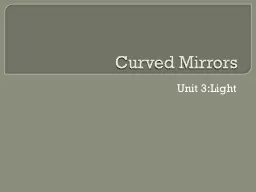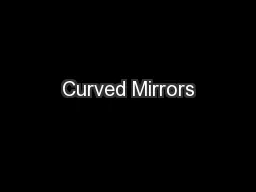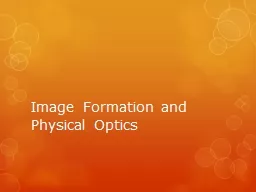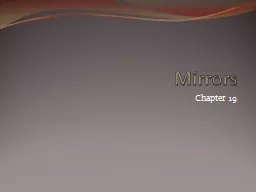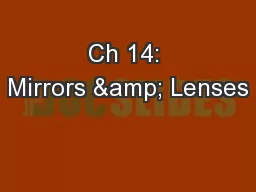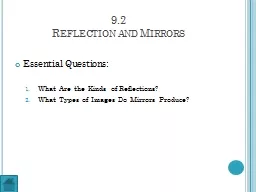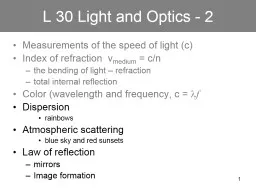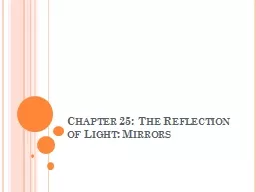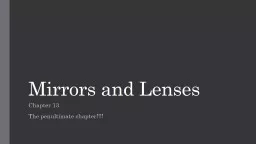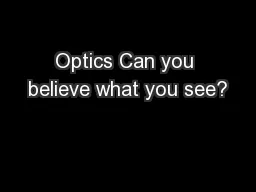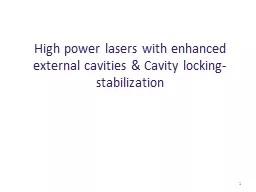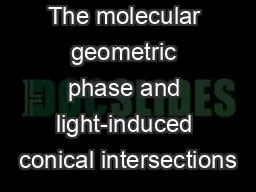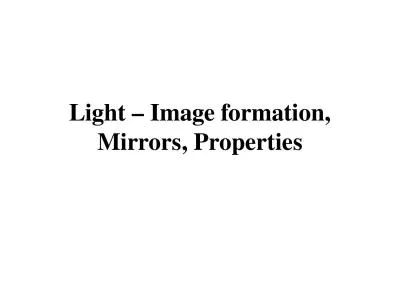PPT-Geometric Optics Mirrors, light, and image formation
Author : harper | Published Date : 2023-11-12
Geometric Optics Understanding images and image formation ray model of light laws of reflection and refraction and some simple geometry and trigonometry The study
Presentation Embed Code
Download Presentation
Download Presentation The PPT/PDF document "Geometric Optics Mirrors, light, and ima..." is the property of its rightful owner. Permission is granted to download and print the materials on this website for personal, non-commercial use only, and to display it on your personal computer provided you do not modify the materials and that you retain all copyright notices contained in the materials. By downloading content from our website, you accept the terms of this agreement.
Geometric Optics Mirrors, light, and image formation: Transcript
Download Rules Of Document
"Geometric Optics Mirrors, light, and image formation"The content belongs to its owner. You may download and print it for personal use, without modification, and keep all copyright notices. By downloading, you agree to these terms.
Related Documents


